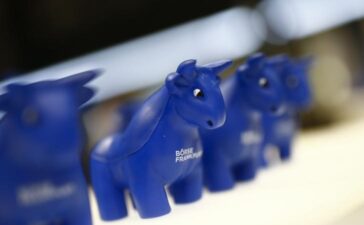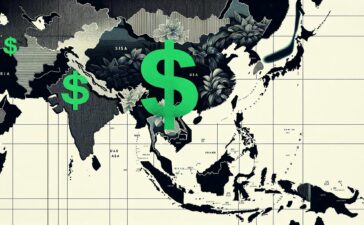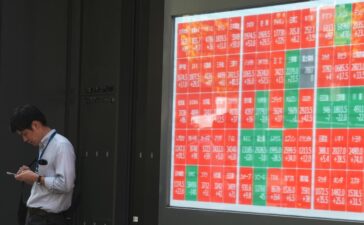What’s going on here?
Asian energy markets are bustling as major players like Indonesia’s Pertamina and South Korea’s GS Caltex maneuver through November fuel demands with strategic buying and selling.
What does this mean?
The Asian fuel market is undergoing significant shifts as key players respond to increasing energy demands. Indonesia’s Pertamina is busy securing jet fuel and gasoil, emphasizing its commitment to supply stability. Meanwhile, South Korea’s GS Caltex is tapping into competitive pricing through discounted gasoil sales. In China, the booming aviation sector sees China Aviation Oil and Rongsheng Petrochemical Co. making pivotal moves in jet fuel logistics, while Taiwan’s Formosa Petrochemical enhances its offerings with strategic gasoil pricing. India’s MRPL highlights the impact of global pricing benchmarks like MOPAG with its regional exports. Altogether, these actions represent a market quickly adapting to ensure energy security amid growing demands.
Why should I care?
For markets: Strategic maneuvers in action.
As Asia’s energy giants actively trade, market dynamics are evolving, presenting both risks and opportunities for investors. The pricing strategies of companies like GS Caltex and SK Energy, linked to MOPS indices, reflect tactical responses that may signal larger trends in fuel trading. This activity offers critical insights into supply chain resilience amid shifting demands.
The bigger picture: Fueling regional growth.
The activity in Asia’s energy trade is more than just regional competition—it’s part of a broader economic dance to meet rising demands. Each company’s strategic moves, from purchasing to pricing, demonstrate the global interconnectedness of these markets. These fluid trading ventures, balancing competitiveness and logistics, are likely to influence future global energy strategies.
















